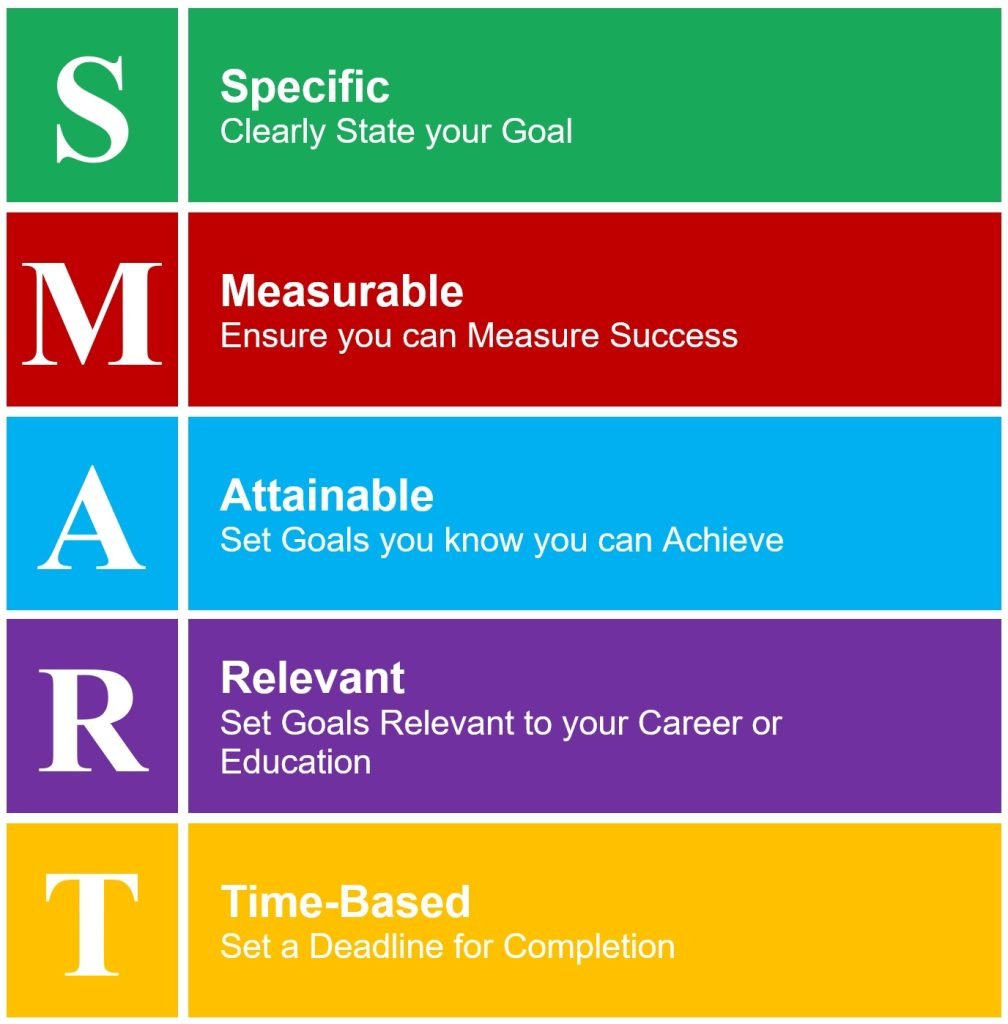Plan, Do, Study, Act
Regardless of the intervention, it is important to have a methodology to assess if the plan is actually working or not. This is basically the scientific method in which we create a hypothesis, test that hypothesis, and then consider new research based off of the results obtained.
This is just as important when it comes to interventions for health and wellness. For example, if we started a new diet, it is important to have a specific and measurable way to assess the affects of that intervention.
This is one of the reasons the “Plan, Do, Study, Active” methodology is so powerful. I like to use this in conjunction with S.M.A.R.T. goals. See the image below, but basically it is a methodology to formulate realistic goals. instead of simply stating, “I will lose weight” a SMART goal would formulated as follows: “I will lose 5 lbs in the next 4 weeks”.
So now that we have the smart goal we can incorporate that into the Plan, Do, Study, Act circle. it is important to be very intentional with this process. Below would be a potential example of how this process could play out.
PLAN: Create a SMART goal such as “I will lose 5 lbs in 4 weeks. I will use general calorie restriction along with nutrition sequencing and resistance training 3 times a week.”
DO: Enact the SMART goal above.
STUDY: At the end of the 4 weeks, reflect on how you did. Did you meet your goal? If so, what went well? What was difficult? If you didn’t meet your goal, what barriers did you face.
ACT: Using the knowledge gained from you STUDY step above refine your plan for the next intervention. Perhaps resistance training 3 times a week was really easy. In that case, increase to 4 times a week.
Then start the process all over again!
We encourage our clients to have both long-term and short-term goals. The short term goals allow us to have rapid assessment and interval change opportunities utilizing this method. Going through this cycle multiple times will allow you to hone your program and optimize your chances at success.


